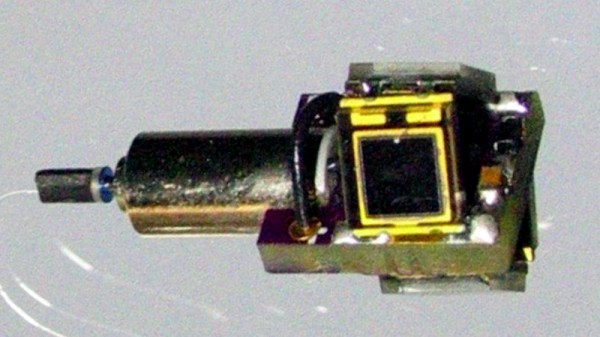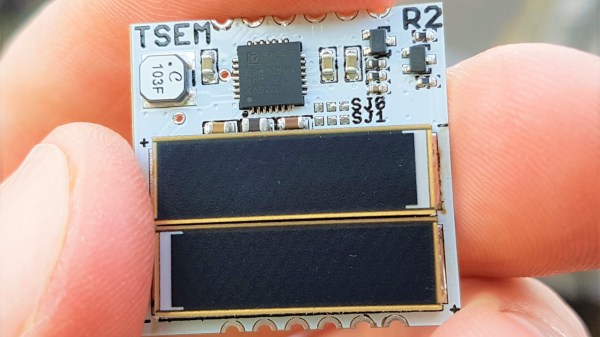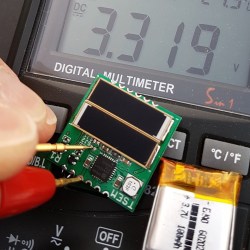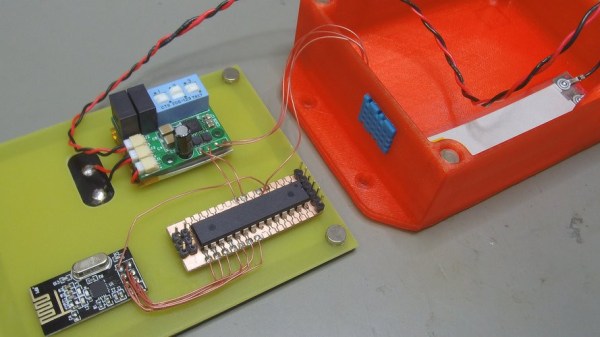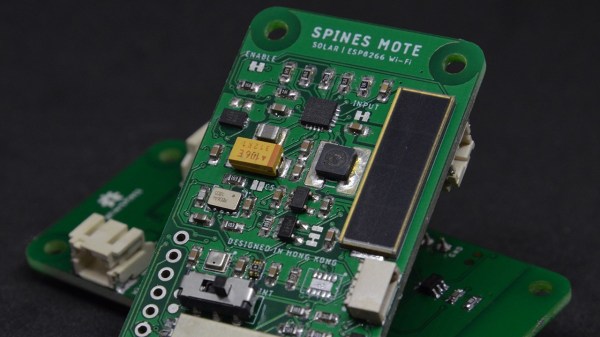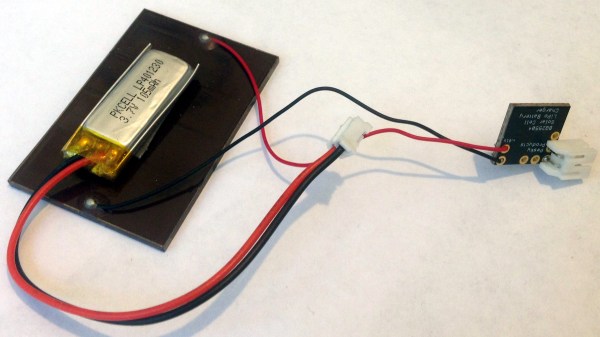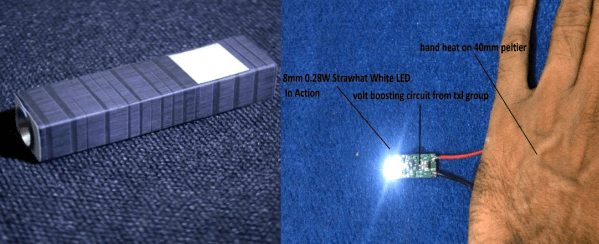Jewelry making offers many opportunities for the electronics tinkerer, and on these pages we’ve seen some eye-catching creations using LEDs to great effect. They all have the same limitation though, it’s difficult to power something that tiny without a cumbersome battery. In seeking to solve that problem there have been a variety of inventive solutions tried, but they haven’t matched the approach of [Lloyd Konneker] who has turned the whole premise of most electronic jewelry on its head.
Instead of LEDs, the party trick of his earring is an electric motor that makes it spin, and instead of giving out light it takes it in as solar power. The motor is a pager alert device, the solar cells are repurposed photodiodes, and the power is stored in a capacitor until there is enough to drive the motor, at which point a MOSFET is triggered to do the work. It’s all made possible by a Texas Instruments TPS3839 supply voltage supervisor chip, and it works well enough to turn from time to time in bright sunlight. The prototype uses a conventional PCB, but a better version is in the works with a flexible board.
His write-up should be of interest to anyone with a need to learn about micropower circuits, as it goes into significant detail on their tuning and operation. Last year’s Hackaday Prize had an entire section devoted to energy harvesting which is well worth searching the site for, a typical example was this solar powered microcontroller board.

